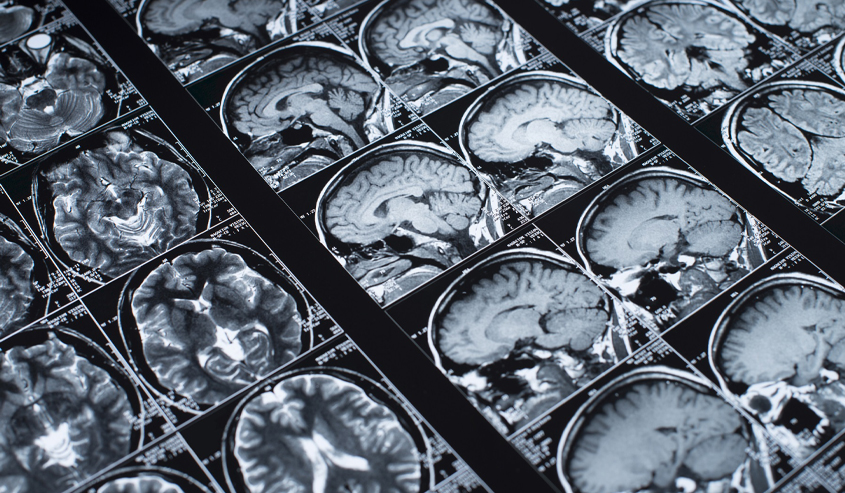
Physicians employ a number of tests for the diagnosis of brain tumors and to learn what type it is. Furthermore, they will use different tests to determine if it has spread to other areas of the body. Plus, they will do tests that help them determine the best course of treatment. In most cases, the only definitive way doctors can determine the existence of a tumor is to take a tissue sample. This may be accomplished by performing what is called a “biopsy” or the surgical removal of all or a part of the tumor.
How Diagnostic Imaging Can Help?
Diagnostic Imaging tests can help physicians determine if it is a primary brain tumor or a cancer that originated elsewhere in the patient’s body. Diagnostic imaging can take pictures of the inside of a patient’s body. This helps to diagnose the position and size of the tumors so that further details for surgery can be planned. The choice of test is determined by the following factors:
- Patient’s age and overall health
- Patient’s symptoms
- Results of previous testing
- Suspected type of tumor
Unfortunately, the diagnosis of most brain tumors doesn’t occur until after the symptoms have appeared. In the majority of cases, either an internist or neurologist will diagnose the tumor initially. If it’s large and needs surgery, a neurosurgeon will take over to ensure that the maximum portion of the tumor is removed.
Diagnosis
If your doctor suspects the existence of a brain tumor, he or she may recommend a number of procedures or tests including:
- Collecting a sample (biopsy) of abnormal tissue and then examining it with a microscope to determine if it’s benign or cancerous
- Conducting tests to find the existence of cancer in other areas of the patient’s body
- Performing a neurological exam (checking your balance, coordination, hearing, reflexes, strength, and vision) to determine which area of the brain may be affected by a tumor
- Using different imaging testing such as CT scans, MRI’s, or PET scans to help with the diagnosis of a brain tumor
In general, the diagnosis of a brain tumor in most cases begins with an MRI. Once a tumor is discovered, the next step is to identify the type of tumor by performing a biopsy and examining the tissue sample collected.
Treatment
The type of treatment prescribed will be determined by the location, size, and type of tumor as well as the patient’s health and preferences. There are several treatment options that a physician may consider including:
- Chemotherapy
- Radiation therapy
- Radiosurgery
- Scarless brain surgery
- Surgery
- Targeted drug therapy
For more information regarding diagnostic imaging or to learn how it can help in the diagnosis and identification of brain tumors, contact Vital Imaging Medical Diagnostic Centers today at 305.596.9992.
